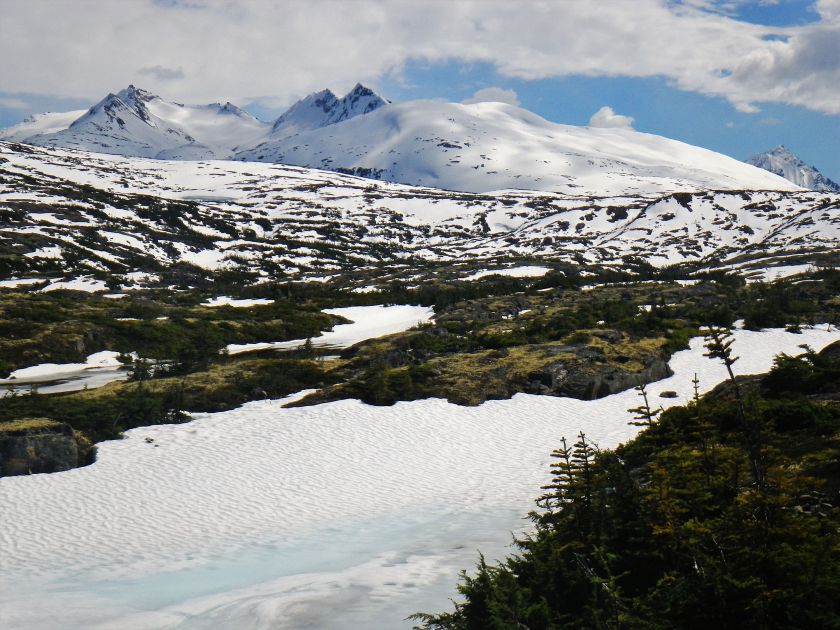Last weekend we were on our way to the Lexington Barbecue Festival and decided to make a quick stop. Being way out in the country, there wasn’t a lot of options, so when we saw a sign for a Starbucks, we figured it might be one of the only chances we had, so we followed the sign.
We pulled into the parking lot of Furnitureland South, a furniture market that calls itself “the World’s Largest Home Furnishings Showplace.” The first thing you notice is the Starbucks sign. Just kidding. The first thing that catches your eye is the 85-foot-tall highboy dresser that makes up a good part of the front of the building.
It’s huge. It’s impressive. And it looks just like a real highboy, except, as I said, huge. So we stopped, took a few photos of the monstrous piece of furniture, and picked up a couple coffees to go.
A little serendipity goes a long way, and our quick decision to make a stop at the coffee shop was an interesting 10-minute detour from our trip.


















